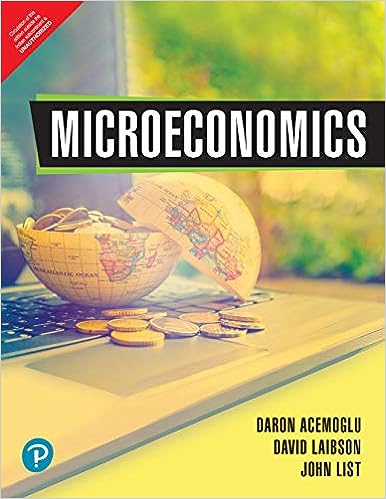Microeconomics,1e
Throughout Microeconomics, authors daron acemoglu, David Gibson, and John list use real economic questions and data to help students learn about the world around them. Taking a fresh approach, the authors use the themes of optimization, Equilibrium and empiricism to illustrate the power of simple economic ideas, and their ability to explain, predict, and improve what happens in the world. Each Chapter begins with an empirical question that is later answered using data in the evidence-based economics feature. As a result of the text’s practical emphasis, students will learn to apply economic principles to guide the decisions they make in their own lives.
Table of Contents:
- (I) introduction to economics
- 1. The principles and Practice of economics
- 2. Economic methods and economic questions
- 3. Optimization: choosing the best economic outcome
- 4. Demand, supply, and Equilibrium
- (II) foundations of Microeconomics
- 5. Consumers and incentives
- 6. Sellers and incentives
- 7. Perfect competition and the Invisible hand
- 8. Trade
- 9. Externalities and public Goods
- 10. The government in the economy: taxation and regulation
- 11. Markets for factors of production
- (III) market structure
- 12. Monopoly
- 13. Game theory and strategic play
- 14. Monopolistic competition and Oligopoly
- (IV) extending the microeconomic toolbox
- 15. Trade-offs involving time and risk
- 16. Auctions and bargaining
- 17. The economics of information
- 18. Social economics.
| Book | |
|---|---|
| Author | Acemoglu |
| Pages | 488 |
| Year | 2019 |
| ISBN | 9789353435950 |
| Publisher | Pearson |
| Language | English |
| Uncategorized | |
| Edition | 1/e |
| Weight | 1.1 kg |
| Dimensions | 20.3 x 25.4 x 4.7 cm |
| Binding | Paperback |


